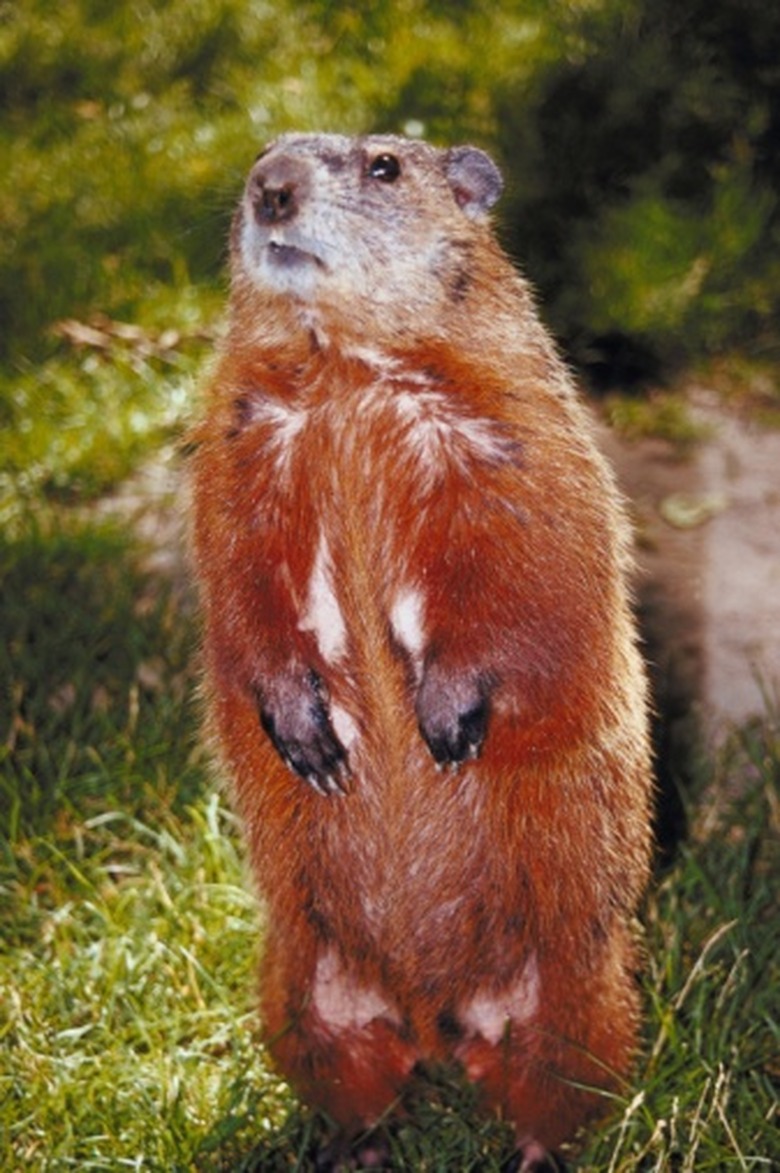Flowers That Groundhogs And Deer Will Not Eat
Gardeners rely on a variety of tactics to keep plant-eating pests, such as deer and groundhogs, out of the yard. Popular animal control techniques include fencing, models of predators, scented repellents and traps. While many of these devices are effective, they can also be unsightly, odoriferous and expensive. In areas where naturally occurring animal populations are low, garden pests can often be kept at bay by simply filling containers, beds and borders with flowers they do not like.
Annuals
Annuals
Annuals fill the garden with flowers and fragrance from early spring until fall's first frost. Unfortunately, the vivid, pleasantly scented blooms tend to draw the attention of rabbits, cats, squirrels, groundhogs and deer. Though each creature tends to be put off by different plants, including snapdragons, wax begonias, annual poppies, garden pinks, and floss flowers in the garden's design will help to deter most animal pests.
Perennials
Perennials
Perennials return each year to add bright splashes of color to the landscape. To help keep unwanted browsers at bay, place butterfly bush, wormwood, peony, foxglove and coreopsis around the perimeter of the yard or garden. In theory, should a wandering herbivore happen upon these unpopular plants, they will turn up their nose and wander away in search of more appealing fare, rather than venturing closer to the house.
Bulbs
Bulbs
Many beloved garden bulbs bloom well before most annuals and perennials. These early bloomers herald the arrival of spring and hold the promise of the return of warm weather; they are also the first fresh flowers many hungry animals have seen in months. To fill the landscape with spring blossoms that will not get eaten down to the ground as soon as they appear, plant masses of daffodils or irises. These bulbs are hardy and easy to grow; however, they are toxic if ingested and many animals instinctively avoid them.
Flowering Herbs
Flowering Herbs
For reasons that are not fully understood, garden pests tend to be put off by the heady aroma and texture of many flowering herbs. Scented geraniums, lavender, mint, beebalm, catmint, sage and oregano will keep both deer and groundhogs away while filling the landscape with decorative, delicate blooms and edible, fragrant foliage.
References
- University of Vermont Extension; Poisonous Plants; Leonard Perry
- University of Nebraska- Lincoln Cooperative Extension; Plants Deer Will Not Eat; May Jane Frogge
- Wildlife Damage Contol: Woodchuck Groundhog Whistlepig Resistant Garden Plants
- Internet Center for Wildlife Damage Management; Woodchuck (Marmota monax) Resistant Plants
- "New Complete Guide to Gardening"; Susan A. Roth; 1997
